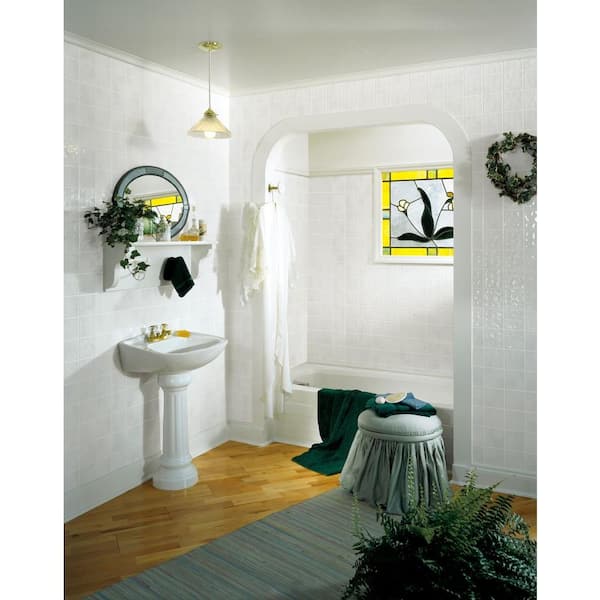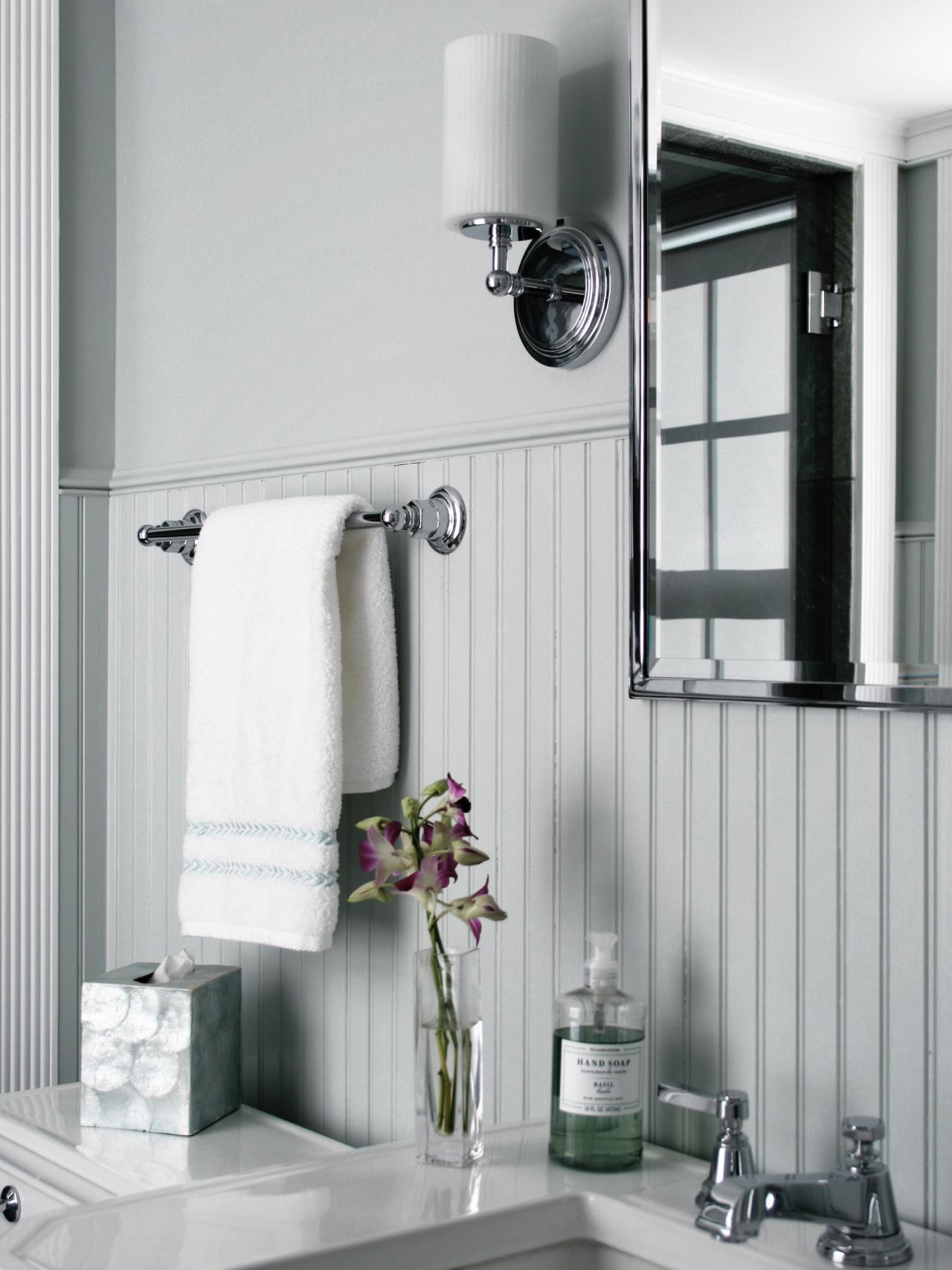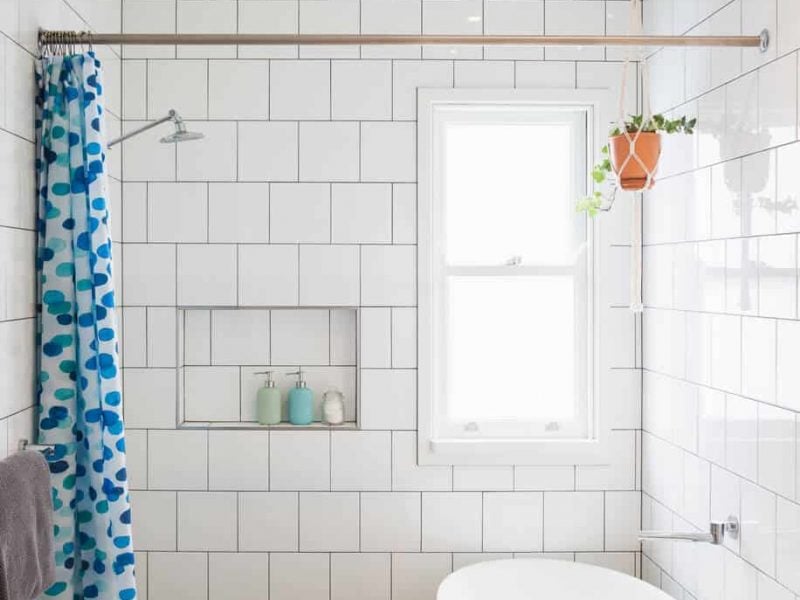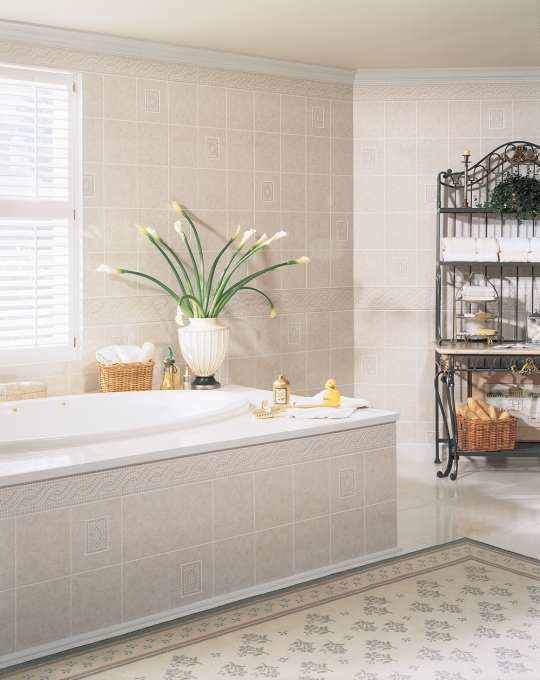The Benefits of Bathroom Tile Panel Board
Bathroom tile panel board is a versatile material that has gained popularity in recent years due to its numerous benefits. We will discuss the advantages of using bathroom tile panel board in your space, highlighting its durability, easy maintenance, and aesthetic appeal.
- Durability: Bathroom tile panel board is known for its exceptional durability, making it an ideal choice for bathrooms. Unlike traditional tiles, panel boards are resistant to cracks, chips, and stains, ensuring a long-lasting finish. This durability is particularly beneficial in high-moisture areas like bathrooms, where constant exposure to water can damage other materials.
- Easy Installation: One of the key advantages of bathroom tile panel board is its easy installation process. Unlike individual tiles, panel boards come in large sheets that can be easily cut and installed, saving time and effort. This makes it a great option for both DIY enthusiasts and professionals looking for a hassle-free installation.
- Versatility in Design: Bathroom tile panel board offers a wide range of design options, allowing you to create a unique and personalized space. With various colors, patterns, and textures available, you can achieve your desired aesthetic, whether it’s a sleek and modern look or a rustic and traditional feel. The versatility of panel boards makes them suitable for any bathroom style or theme.
- Low Maintenance: Maintaining bathroom tile panel boards is a breeze, making it an attractive choice for busy individuals or those who prefer minimal upkeep. Unlike grout lines in traditional tiles, panel boards have smooth surfaces that are easy to clean and prevent the growth of mold and mildew. Regular wiping with a mild cleanser is usually sufficient to keep your bathroom tile panel board looking fresh and new.
- Cost-Effective: Compared to other wall covering options, bathroom tile panel board offers excellent value for money. With its durability and low maintenance requirements, panel boards can save you money in the long run by reducing the need for frequent repairs or replacements. Additionally, the ease of installation can also lower labor costs if you choose to hire professionals.
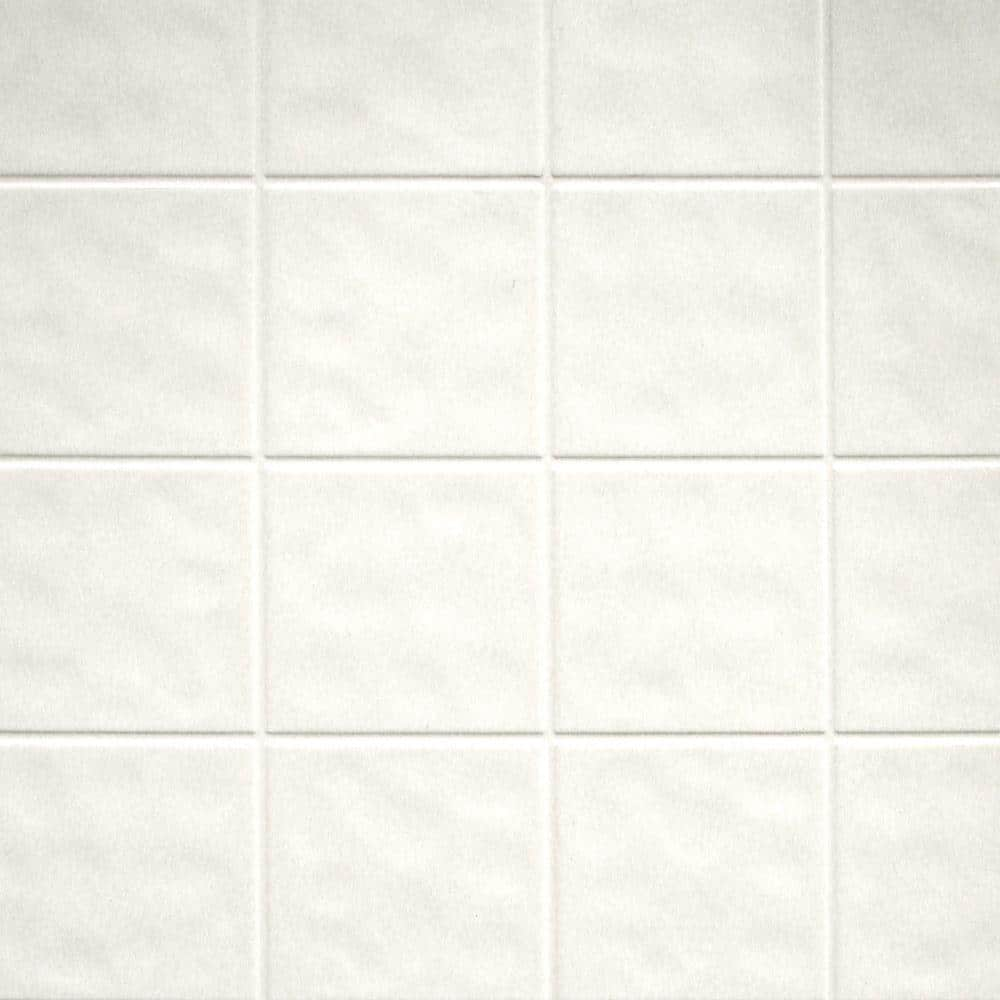
How to Properly Install Bathroom Tile Panel Board
Installing bathroom tile panel board can transform the look of your bathroom and provide a durable and attractive wall covering. This step-by-step installation guide will help you properly install bathroom tile panel board, ensuring a successful and professional-looking result.
Gather the Necessary Tools and Materials: Before starting the installation process, gather all the required tools and materials. This typically includes bathroom tile panel boards, measuring tape, utility knife, adhesive, adhesive trowel, level, and a saw for cutting the panel boards to size.
Prepare the Surface: Ensure that the surface where you will be installing the bathroom tile panel board is clean, dry, and free of any debris. If there are existing tiles or wallpaper, remove them and repair any damaged areas. Use a primer to create a smooth and even surface for the adhesive to adhere to.
Measure and Cut the Panel Boards: Measure the dimensions of the area where the panel boards will be installed. Use a measuring tape to accurately determine the length and width of each panel board needed. Transfer these measurements onto the panel boards and use a saw or utility knife to cut them to the proper size.
Apply Adhesive: Using an adhesive trowel, apply a thin layer of adhesive onto the back of the panel board. Ensure even coverage to ensure a secure bond. Press the panel board firmly against the prepared surface, starting from one corner and working your way across. Use a level to ensure the panels are straight and plumb.
Secure and Finish: Once all the panel boards are installed, use a roller or a clean cloth to press them firmly against the wall, ensuring a strong bond with the adhesive. Trim any excess panel board using a utility knife or saw. Allow the adhesive to dry completely as per the manufacturer’s instructions.
Seal and Caulk: To further protect your bathroom tile panel board and prevent moisture penetration, consider applying a sealant or caulk along the edges and seams. This will help maintain the integrity of the installation and prolong the lifespan of the panel boards.
Creative Ways to Incorporate Bathroom Tile Panel Board in Your Space
Bathroom tile panel board offers endless design possibilities, allowing you to create a unique and stylish bathroom. Let’s explore creative design ideas and inspiration to help you incorporate bathroom tile panel board in your space.
Accent Wall: Create a stunning focal point by using bathroom tile panel board to create an accent wall. Choose a bold and eye-catching pattern or color to make a statement. This can instantly transform the look of your bathroom and add visual interest to the space.
Subway Tile Pattern: For a classic and timeless look, consider using bathroom tile panel board in a subway tile pattern. This layout creates a clean and elegant aesthetic, perfect for both modern and traditional bathrooms. Play with different color options to suit your personal style.
Geometric Patterns: Experiment with geometric patterns using bathroom tile panel board to add a contemporary touch to your bathroom. Opt for hexagon or herringbone patterns for a trendy and visually appealing design. Mix and match colors and textures to create a truly unique look.
Mosaic Design: Consider using bathroom tile panel board in a mosaic design to create a visually stunning and intricate look. This can be achieved by combining small panel board pieces in various colors and shapes to form a cohesive pattern. Mosaic designs add a touch of artistry and personality to your bathroom.
Texture and Dimension: Explore bathroom tile panel board options with textured surfaces or 3D patterns to add depth and dimension to your space. These panels create a tactile experience and can be used to highlight specific areas such as shower walls or vanity backsplashes.
Colorful Accents: Add pops of color to your bathroom by incorporating bathroom tile panel board in vibrant shades. This can be done through a feature wall, border, or decorative panels. Colorful accents inject personality and energy into your space, creating a cheerful and inviting atmosphere.
Maintenance and Cleaning Tips
Maintaining the appearance of your bathroom tile panel board is essential to keep it looking fresh and new. We will provide you with maintenance and cleaning tips to ensure the longevity and cleanliness of your bathroom tile panel board.
Regular Cleaning Routine: Establish a regular cleaning routine to maintain the cleanliness of your bathroom tile panel board. Use a mild, non-abrasive cleanser and a soft cloth or sponge to wipe down the surface. Avoid using harsh chemicals or abrasive materials that can damage the panel board’s finish.
Preventive Measures: Take preventive measures to protect your bathroom tile panel board from damage. Use a bath mat or rug in front of the shower or bathtub to absorb excess water and prevent water from seeping behind the panel boards. Additionally, encourage proper ventilation in your bathroom to minimize moisture buildup.
Grout Maintenance: If your bathroom tile panel board has grout lines, it is important to keep them clean and well-maintained. Regularly inspect the grout for any signs of wear or discoloration. Clean the grout lines with a mild grout cleaner and a small scrub brush to remove any dirt or stains. Consider applying a grout sealer to protect the grout from moisture and staining.
Mold and Mildew Prevention: To prevent the growth of mold and mildew on your bathroom tile panel board, ensure proper ventilation in your bathroom. Use an exhaust fan or open windows during and after showering to allow moisture to escape. If you notice any signs of mold or mildew, clean the affected areas with a mixture of bleach and water or a specialized mold and mildew cleaner.
Stain Removal: In the event of stubborn stains on your bathroom tile panel board, there are several methods you can try. For mild stains, create a paste using baking soda and water, apply it to the stain, and gently scrub with a soft cloth or brush. For tougher stains, you can use a mild abrasive cleaner or a specialized stain remover recommended for your specific panel board material.
Avoid Damage: Take precautions to avoid damaging your bathroom tile panel board. Avoid using abrasive materials or harsh chemicals when cleaning. Be cautious when placing heavy objects against the panel boards to prevent any dents or scratches. If you need to remove any stubborn dirt or grime, use a soft cloth or sponge with gentle pressure.
Comparing Bathroom Tile Panel Board to Other Wall Covering Options
When it comes to choosing a wall covering option for your bathroom, it’s important to consider the pros and cons of each material. We will compare bathroom tile panel board to other common wall covering options, helping you determine if it’s the right choice for your needs.
Bathroom Tile Panel Board: Bathroom tile panel board offers several advantages over other wall covering options. It is durable, easy to install, and requires minimal maintenance. Panel boards also provide a wide range of design options, allowing you to create a unique and personalized space. However, it may not offer the same level of customization and variety as other materials, such as ceramic tiles or wallpaper.
Ceramic Tiles: Ceramic tiles are a popular choice for bathroom walls due to their durability and water resistance. They offer a wide range of design options, including various colors, patterns, and sizes. Ceramic tiles are also known for their longevity and easy maintenance. However, installing ceramic tiles can be more time-consuming and labor-intensive compared to bathroom tile panel board. Grout lines between tiles may also require more frequent cleaning and maintenance.
Wallpaper: Wallpaper can add a touch of elegance and style to your bathroom. It comes in various designs, patterns, and textures, allowing for customization and creativity. Wallpaper is relatively easy to install and can quickly transform the look of your space. However, it may not be as durable or water-resistant as bathroom tile panel board or ceramic tiles. Moisture and humidity in bathrooms can cause wallpaper to peel or warp over time.
Paint: Paint is a common and cost-effective wall covering option for bathrooms. It allows for endless color choices and can be easily applied or changed. Paint is also relatively low-maintenance, requiring only occasional touch-ups. However, paint may not offer the same level of protection against moisture as bathroom tile panel board or ceramic tiles. It may be prone to chipping, peeling, or discoloration in high-moisture areas.
Natural Stone: Natural stone, such as marble or granite, can create a luxurious and timeless look in your bathroom. It offers unique patterns and textures, adding a touch of sophistication. Natural stone is highly durable and resistant to water damage when properly sealed. However, it can be more expensive compared to bathroom tile panel board and may require professional installation. Natural stone also requires regular sealing and maintenance to preserve its appearance.
DPI™ Aqua Tile 4u0027 x 8u0027 Milan Marble Tileboard Wall Panel at Menards®
Toned White Tile Board
Aquatile 1/8 in. x 48 in. X 96 in. Toned White Tileboard 709108
The EASY Way To Fit Bathroom Wall Panels
How to Cover Dated Bathroom Tile with Wainscoting HGTV
DPI™ Aqua Tile 4u0027 x 8u0027 Toned Gray Tileboard Wall Panel at Menards®
Should I Opt for Bathroom Wall Panels Instead of Tiles?
DPI u2013 East Side Lumberyard Supply Co. Inc.
Related Posts:






